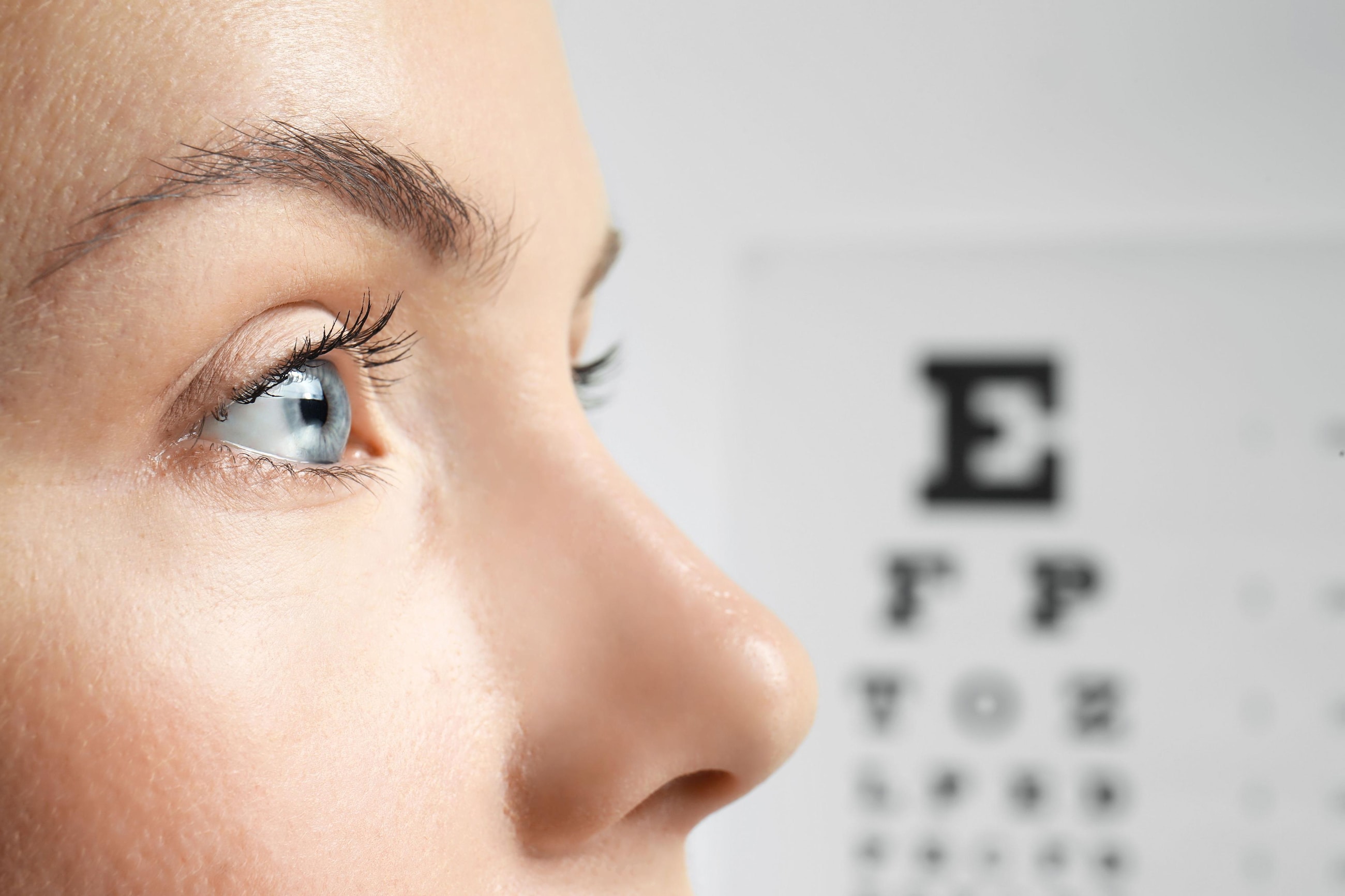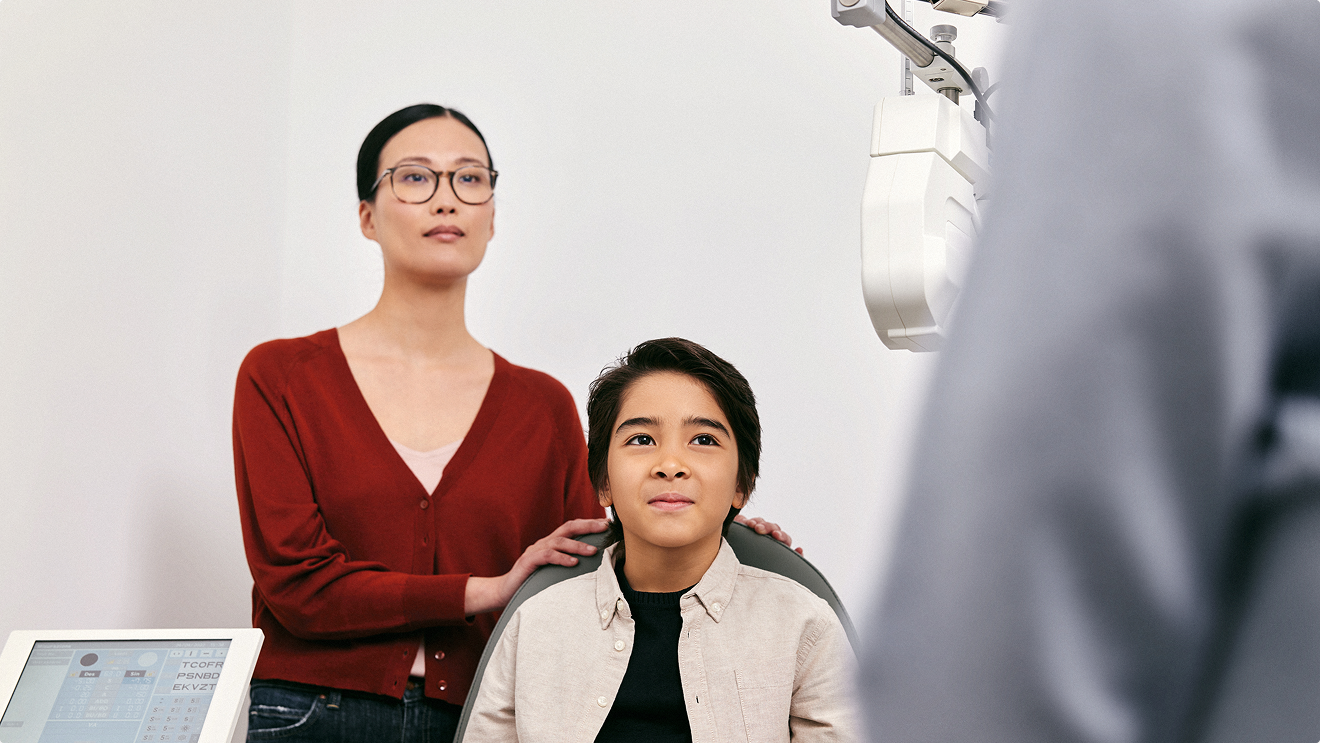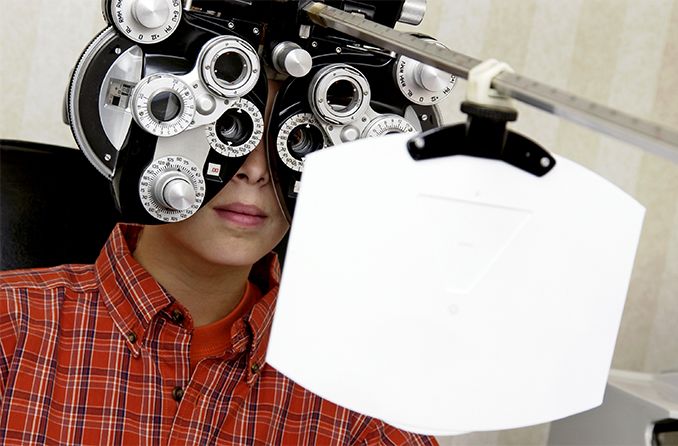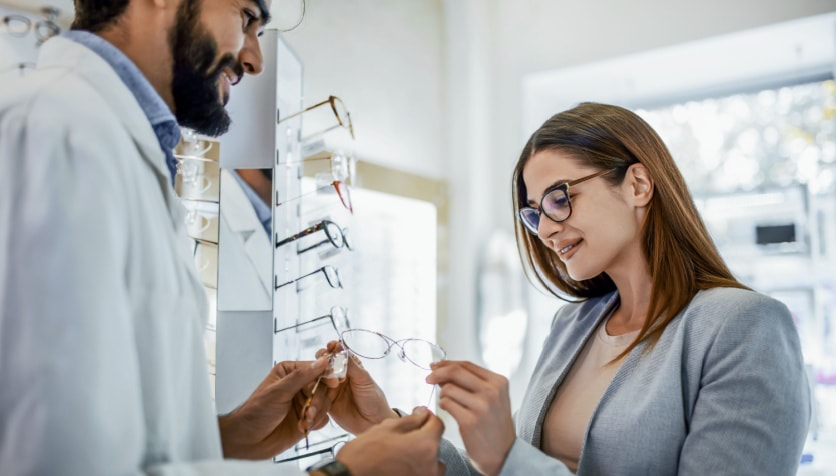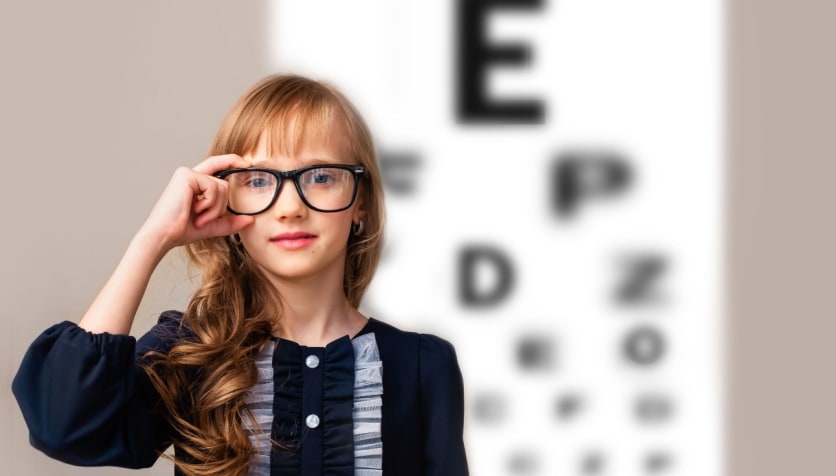In general, myopia (nearsightedness) is not considered a disability in the U.S. It does not make a person eligible for government benefits or ADA accommodations. However, progressive and high myopia can lead to vision loss and blindness if left unmanaged. Legal blindness is considered a disability.
The medical and legal definitions of vision-related issues don't always match up, which can be confusing.
Legally, they are only considered visual impairments or disabilities if they meet certain criteria:
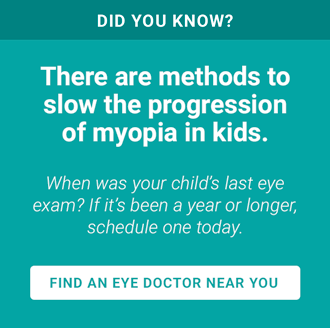
Central visual acuity is 20/200 or worse.
The 20/200 threshold applies to the better eye.
The 20/200 threshold is met while wearing corrective lenses.
And/or
Peripheral vision in the better eye is reduced to 20 degrees or less of the visual field.
Visual acuity is typically measured using a Snellen chart. Someone with 20/20 acuity can read the small lines from 20 feet away. Someone with 20/200 acuity can only read the largest line from 20 feet away.
Medically, myopia is considered the leading cause of distance visual impairment worldwide. But keep in mind that definitions and uses of the term visual impairment aren't the same around the world.
It's also important to keep in mind that globally, a vast number of people don't have access to corrective lenses. Even low myopia can negatively impact quality of life for those without eyeglasses and contact lenses available.
Can a person with myopia be legally blind?
Some people with high myopia are not able to achieve 20/200 acuity with corrective lenses and so are legally blind.
The degree of myopia a person can have ranges from low to high:
Low myopia: Up to -2.75 D
Moderate myopia: -3.00 D to -5.75 D
High myopia: -6.00 D and higher
For a person who has myopia, 20/200 uncorrected acuity would require a lens prescription around -2.00 D to -2.50 D. This is in the range of low myopia. Most people with low and moderate myopia can achieve 20/20 visual acuity with prescription eyeglasses or contact lenses.
But if a person has progressive myopia, that means their vision continues to get worse over time. Myopia progression usually begins in early childhood, and the earlier it begins, the higher it can progress. Progressive myopia can eventually lead to high myopia.
People with high myopia require a prescription of -6.00 D or more. This means their uncorrected acuity is about 20/600 or worse.
High myopia also drastically increases the risk for other serious vision complications, including:
Pathologic myopia
Each of these conditions can cause significant vision loss or blindness.
Is wearing glasses a disability?
Wearing glasses is not considered a disability, regardless of the prescription strength. In fact, visual impairment is legally determined by "best corrected vision." This is a person's best visual acuity while wearing corrective lenses.
Is myopia a VA disability?
No, myopia doesn't qualify as a disability with the Department of Veterans Affairs. VA disabilities must have been caused or made worse by a person's military service. Myopia is a refractive error that typically begins in childhood.
See your doctor
It is critical for people who have progressive or high myopia to see their eye doctors regularly. Frequent eye exams help ensure that any complications from high myopia are found and managed as early as possible.
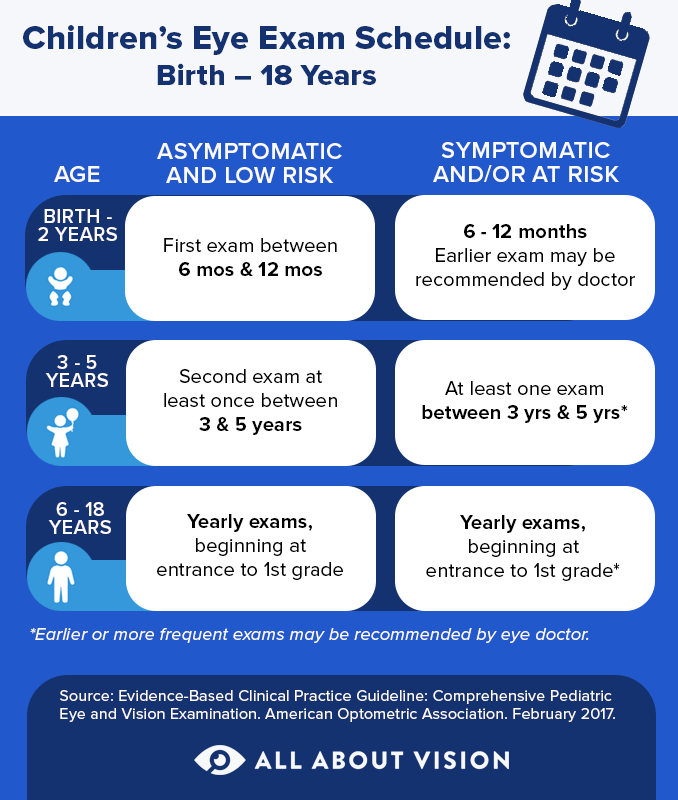
Beth Longware Duff also contributed to this article.

